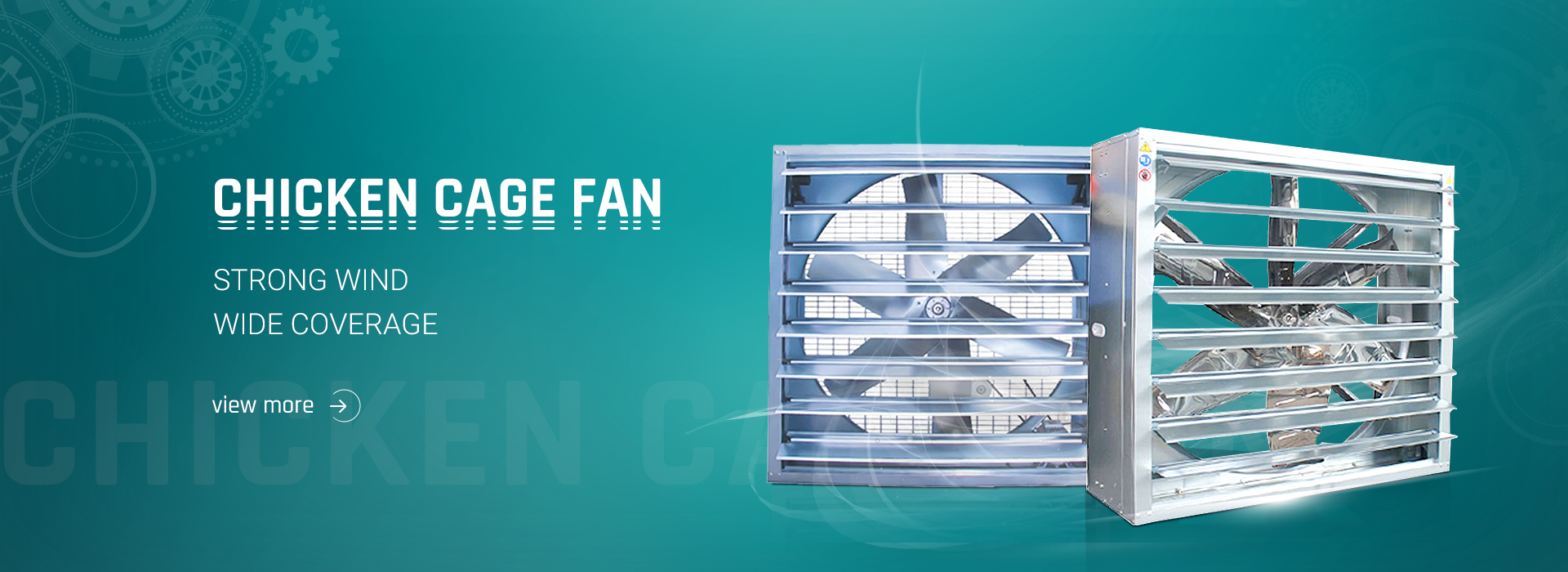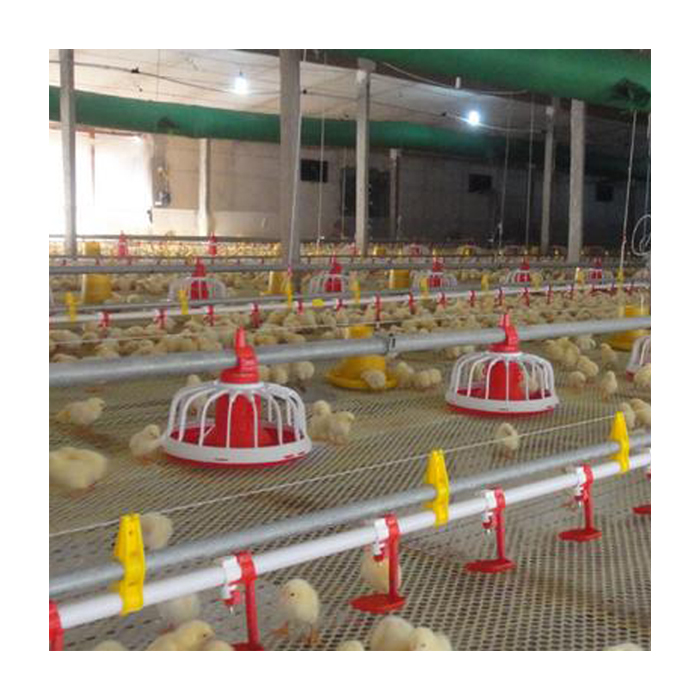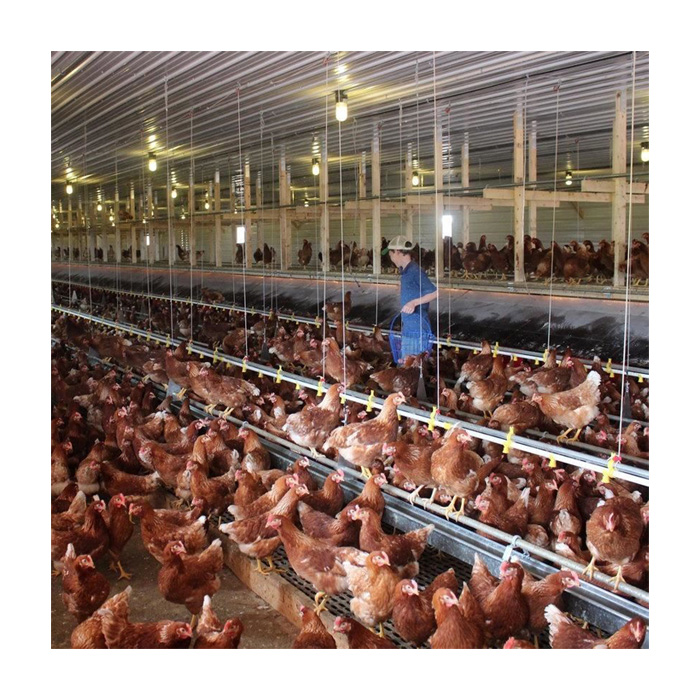Breeding focuses on management, and breeding focuses on health care. The occurrence of any disease corresponds to a mistake in a certain feeding and management link. Now there are more and more diseases, and it is more and more difficult to deal with. Therefore, preventive health care is the focus of current breeding. According to the physiological characteristics of broilers, broilers are weak in the first two weeks of feeding, focusing on “supplement”, “defense” in the third week, and “management” (focusing on ventilation management) in the fourth to sixth weeks.
• The first week: the development of various organs of the chick is not complete, the physique is relatively weak, and the ability to regulate body temperature is relatively poor, so the problem of temperature and humidity should be paid attention to.
• 1. Temperature: 1-2 days, 33-35℃. 1-2 days before entering the chickens, preheat to the normal temperature of 33°C, and then lower it to 26-28°C. After the chicks enter the house, gradually increase the temperature to reach the normal required temperature, and then drop by about 0.3°C every day.
• 1. The cooling is too fast, the chicks are not easy to adapt
The temperature is too low: Diarrhea
Excessive temperature difference: cold
• • 2. Too slow cooling is not good for feather growth. Chickens are easy to catch a cold when ventilation is increased in the later period, causing Newcastle disease and influenza.
• 2. Humidity: Humidity has a great influence on the health and growth of chicks. Under normal circumstances, the relative humidity should be kept at 60-70% for the first week.
• 1. High temperature and high humidity: Chickens do not have sweat glands, and heat dissipation mainly depends on evaporation at high temperature.
• 2. High temperature and low humidity: The air in the chicken house is too dry, and the water in the chick is dissipated in large quantities with breathing, which affects the absorption of the yolk in the chick. , Chicken respiratory mucosa is vulnerable to damage, and chicks are prone to respiratory diseases such as pneumonia.
• 3. Low temperature and high humidity: chicks are prone to cold, causing colds, diarrhea, and easy to induce later enteritis and coccidiosis.
Post time: Aug-29-2022





